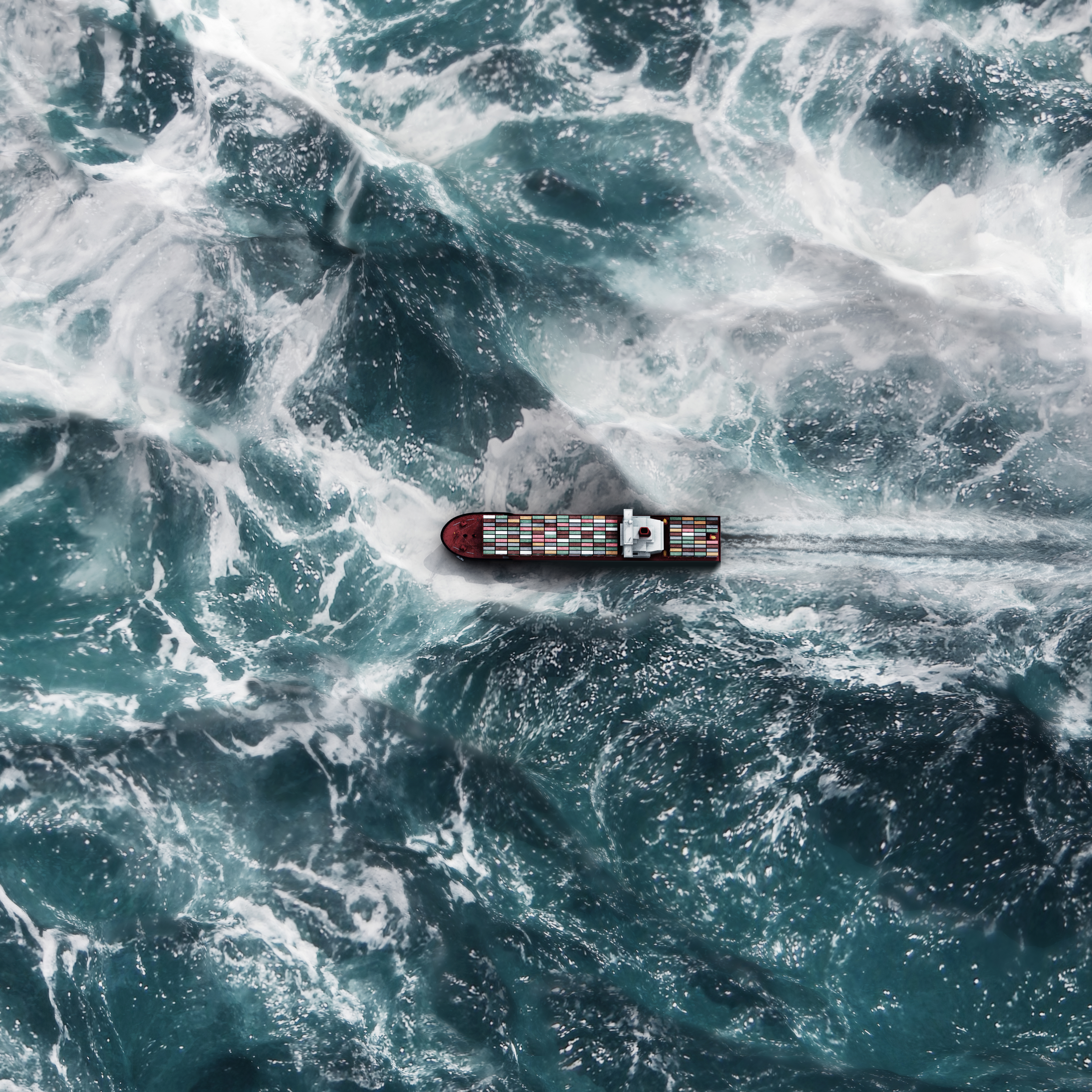Latest News
Q&A: Leon Brown on Weather Planning for Ocean Transport
September 22, 2020 The Mayflower Autonomous Ship (MAS) has embarked on sea trials this month ahead of its planned journey next spring, when it will travel the original route from Plymouth,...
September 22, 2020
The Mayflower Autonomous Ship (MAS) has embarked on sea trials this month ahead of its planned journey next spring, when it will travel the original route from Plymouth, England, to Plymouth, Massachusetts—unmanned. It may face some choppy waters in the North Atlantic. But with help from IBM’s The Weather Company, the Mayflower team will be able to plan ahead to avoid disastrous weather conditions for a safer voyage.
 Weather affects every industry and human endeavor, of course. But it’s particularly crucial for ocean transport, which is why the shipping industry is a big user of IBM’s weather monitoring services.
Weather affects every industry and human endeavor, of course. But it’s particularly crucial for ocean transport, which is why the shipping industry is a big user of IBM’s weather monitoring services.
Weather conditions on the open seas can cause shipping delays, missed connections and disgruntled customers. Analyzing weather and wave data can help clients anticipate and adjust accordingly, in order to help improve supply chain operations, decrease costs and increase customer satisfaction through better decision making.
That’s the reason IBM has created the IBM Weather Operations Center—a suite of applications that offers mobile capabilities, intuitive dashboards, maps, charts, alerting and access to weather, earth observation, geo-spatial and GPS data. The autonomous Mayflower will be a beta user of the Weather Operations Center, which can help the shipping and transportation industry, among many others, plan for and respond to critical weather events.
We spoke with Leon Brown, head of global meteorological operations at IBM, as well as an amateur sailor, about that mission—and about the broader subject of weather’s impact on the maritime navigation industry.
How is IBM’s The Weather Company supporting the Mayflower Autonomous Ship?
The Mayflower is continually taking in detailed hourly forecasts from our APIs to help plan the optimal route ahead for the weather conditions. The IBM Weather Operations Center will provide the Mayflower with insights into changing weather conditions to help the ship prepare and plan for, or avoid, weather-related disruptions. Weather information is also included within the interactive web portal that will help followers around the world stay updated on the ship’s missions.
For the shipping industry generally, what sort of weather information is most crucial?
Knowing what weather to expect is extremely important, especially when arriving and leaving ports and in busy shipping lanes. In port, strong winds can make docking very challenging, because the high sides of modern ships act like sails; even moderate winds can drift the ship. Visibility is also very important.
While at sea, anticipating the sea state is most important, because of the impact of winds and storms responsible for high seas. Strong winds with a long fetch—the distance over water that the wind blows in one direction—can build large wind waves, which can then travel long distances and become swell waves many thousands of miles away.
Leon Brown
Ships will want to avoid large side swells and to head into waves. They also need to adjust their speed in higher seas. Sometimes the combination of swell waves from different directions and local wind waves can form huge rogue waves, which in extreme cases can damage ships and have even sunk ships.
How do meteorologists create shipping forecasts?
Meteorologists look at surface pressure patterns—Mean Sea Level Pressure—to help determine the winds and direction from pressure gradients at about a 10-meter level above the sea surface. The main focus is strong wind speed, often given in the Beaufort scale. In a shipping forecast, a Beaufort reading of “gale force 8” will trigger alarm bells, and ships will avoid the area or prepare for rough seas. Other factors in a shipping forecast include visibility, which can be reduced by fog, precipitation or sea spray.
The weather type is actually of less importance over the open ocean. But the meteorologist will look at the general weather, the movement of weather fronts, and convective risk—which is the chance for showers, thunderstorms and a risk of squalls. Some convective areas in the tropics can become volatile and are best avoided, even developing to tropical storms if the conditions are right.
What meteorological data does IBM’s The Weather Company provide to the shipping industry?
While at sea, ships rely on satellite communications to receive and transmit data, including weather information. Our data APIs supply high-resolution hourly forecasts. Details include wind speed, wind direction, gusts, weather types and visibility for wherever ships are traveling. There is also an API for ocean conditions including swell and wind wave heights, direction of the waves and the wave period.
What is special about the shipping forecasts that IBM provides?
Our forecasts are continually updating at least every 15 minutes, so the data the APIs give the very latest information. The data also benefits from our global 3-kilometer hourly updating IBM GRAF weather model. In the middle of the oceans that model runs at 15-km resolution, since a higher resolution is less necessary at sea.
→ Read more about the IBM Weather Operations Center
→ Check out this client story: AI-powered weather insights improve Brazil’s maritime planning
